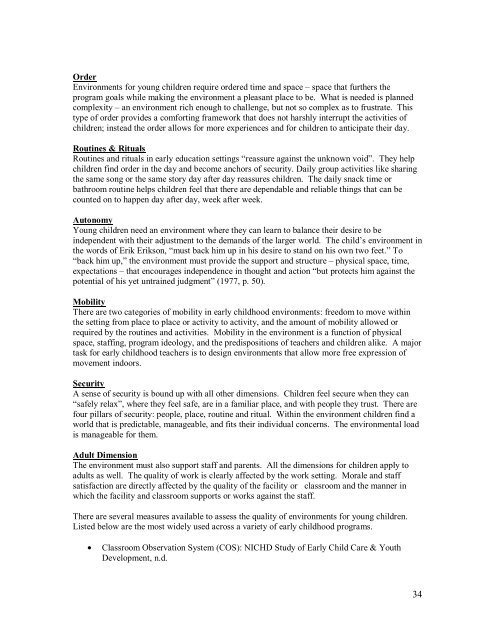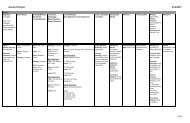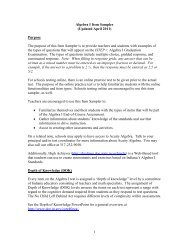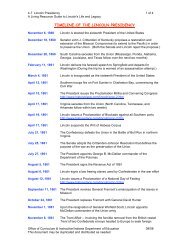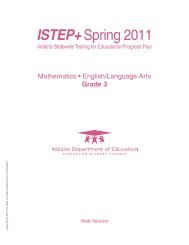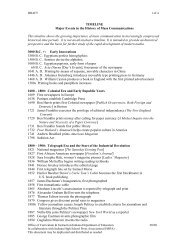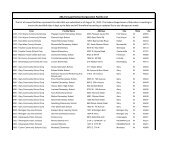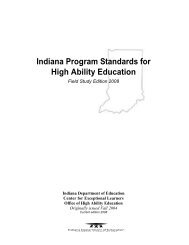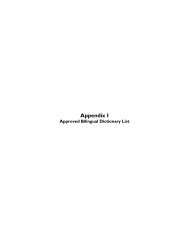Early Childhood ISTAR-KR Assessment Handbook - Indiana ...
Early Childhood ISTAR-KR Assessment Handbook - Indiana ...
Early Childhood ISTAR-KR Assessment Handbook - Indiana ...
You also want an ePaper? Increase the reach of your titles
YUMPU automatically turns print PDFs into web optimized ePapers that Google loves.
Order<br />
Environments for young children require ordered time and space – space that furthers the<br />
program goals while making the environment a pleasant place to be. What is needed is planned<br />
complexity – an environment rich enough to challenge, but not so complex as to frustrate. This<br />
type of order provides a comforting framework that does not harshly interrupt the activities of<br />
children; instead the order allows for more experiences and for children to anticipate their day.<br />
Routines & Rituals<br />
Routines and rituals in early education settings “reassure against the unknown void”. They help<br />
children find order in the day and become anchors of security. Daily group activities like sharing<br />
the same song or the same story day after day reassures children. The daily snack time or<br />
bathroom routine helps children feel that there are dependable and reliable things that can be<br />
counted on to happen day after day, week after week.<br />
Autonomy<br />
Young children need an environment where they can learn to balance their desire to be<br />
independent with their adjustment to the demands of the larger world. The child’s environment in<br />
the words of Erik Erikson, “must back him up in his desire to stand on his own two feet.” To<br />
“back him up,” the environment must provide the support and structure – physical space, time,<br />
expectations – that encourages independence in thought and action “but protects him against the<br />
potential of his yet untrained judgment” (1977, p. 50).<br />
Mobility<br />
There are two categories of mobility in early childhood environments: freedom to move within<br />
the setting from place to place or activity to activity, and the amount of mobility allowed or<br />
required by the routines and activities. Mobility in the environment is a function of physical<br />
space, staffing, program ideology, and the predispositions of teachers and children alike. A major<br />
task for early childhood teachers is to design environments that allow more free expression of<br />
movement indoors.<br />
Security<br />
A sense of security is bound up with all other dimensions. Children feel secure when they can<br />
“safely relax”, where they feel safe, are in a familiar place, and with people they trust. There are<br />
four pillars of security: people, place, routine and ritual. Within the environment children find a<br />
world that is predictable, manageable, and fits their individual concerns. The environmental load<br />
is manageable for them.<br />
Adult Dimension<br />
The environment must also support staff and parents. All the dimensions for children apply to<br />
adults as well. The quality of work is clearly affected by the work setting. Morale and staff<br />
satisfaction are directly affected by the quality of the facility or classroom and the manner in<br />
which the facility and classroom supports or works against the staff.<br />
There are several measures available to assess the quality of environments for young children.<br />
Listed below are the most widely used across a variety of early childhood programs.<br />
• Classroom Observation System (COS): NICHD Study of <strong>Early</strong> Child Care & Youth<br />
Development, n.d.<br />
34


